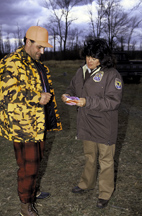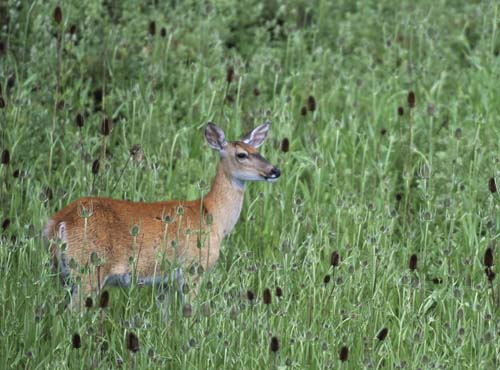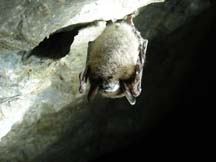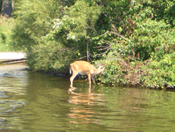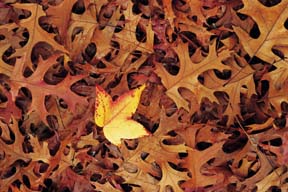Bullfrogs are invasive outside of their native habitat in the northeastern U.S. They are also bred for food in China, and, according to an article in the Los Angeles Times, the conditions of commercial food production are ripe for the growth and spread of chytrid fungus, which has been plaguing amphibians worldwide.
What can a state do? California is being asked to ban the import of bullfrogs, which is a tough sell because of the state’s high percentage of Asian-Americans, for whom eating frogs (as well as turtles and shark fins) is as culturally significant as steak-and-kidney pie, kielbasa and manicotti are to other ethnic groups.
Nationally, Defenders of Wildlife has proposed that only frogs proven to be disease-free be allowed in the country. But more locally, one California county, Santa Cruz, plans to take the big leap and ban bullfrogs to protect its imperiled amphibians, which include the California tiger salamander and the California red-legged frog.
Read all the ins and outs of this complex topic in the Los Angeles Times.
Because of the Thanksgiving holiday, this will be the last State Wildlife Research News post this week. We’ll be back on Monday, Nov. 28th with more wildlife research news.


